Let’s face it: bending the truth to kids is a cornerstone of parenting, often seen as harmless or even beneficial. But when you peel back the layers, what do these little fictions teach? Here’s a critical look at 21 stories that have shaped British childhoods, with a nod to the psychological impact of altering the truth.
1. Santa’s Naughty List

The threat of Santa’s naughty list manipulates children into compliance through fear of losing out on Christmas presents. It sets a precedent for controlling behaviour with empty threats rather than honest communication.
2. Eating Carrots Improves Night Vision
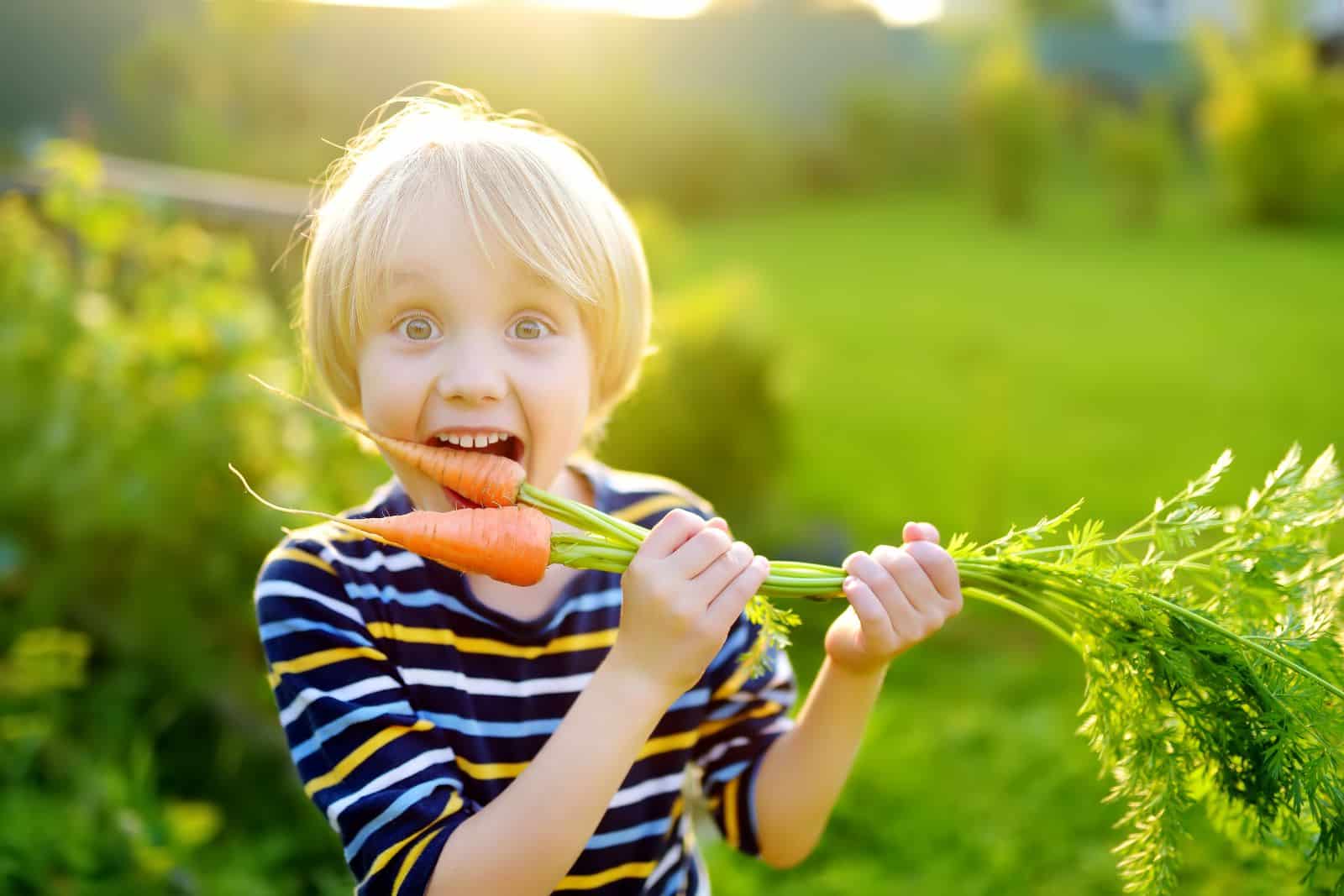
This WWII-era lie was originally a cover for military technology, but it has since become a way to trick kids into eating vegetables. While it may seem harmless, it also teaches kids to rely on false information to make decisions.
3. Swallowed Gum Stays in Your Stomach for 7 Years

This lie is meant to scare children into being careful, but it also promotes unnecessary anxiety over minor things. In reality, gum passes through the system just like other food, making this a baseless fear tactic.
4. Square Eyes from Too Much TV

Claiming that too much TV will turn your eyes square is an exaggerated attempt to limit screen time. Instead of fostering healthy habits, it instils a fear of technology based on false premises.
5. Knuckle Cracking Leads to Arthritis

Used to discourage an annoying habit, this lie suggests long-term health consequences where there are none. It’s a manipulative tactic that uses fear to enforce social norms.
6. Wind Change Will Freeze Your Face
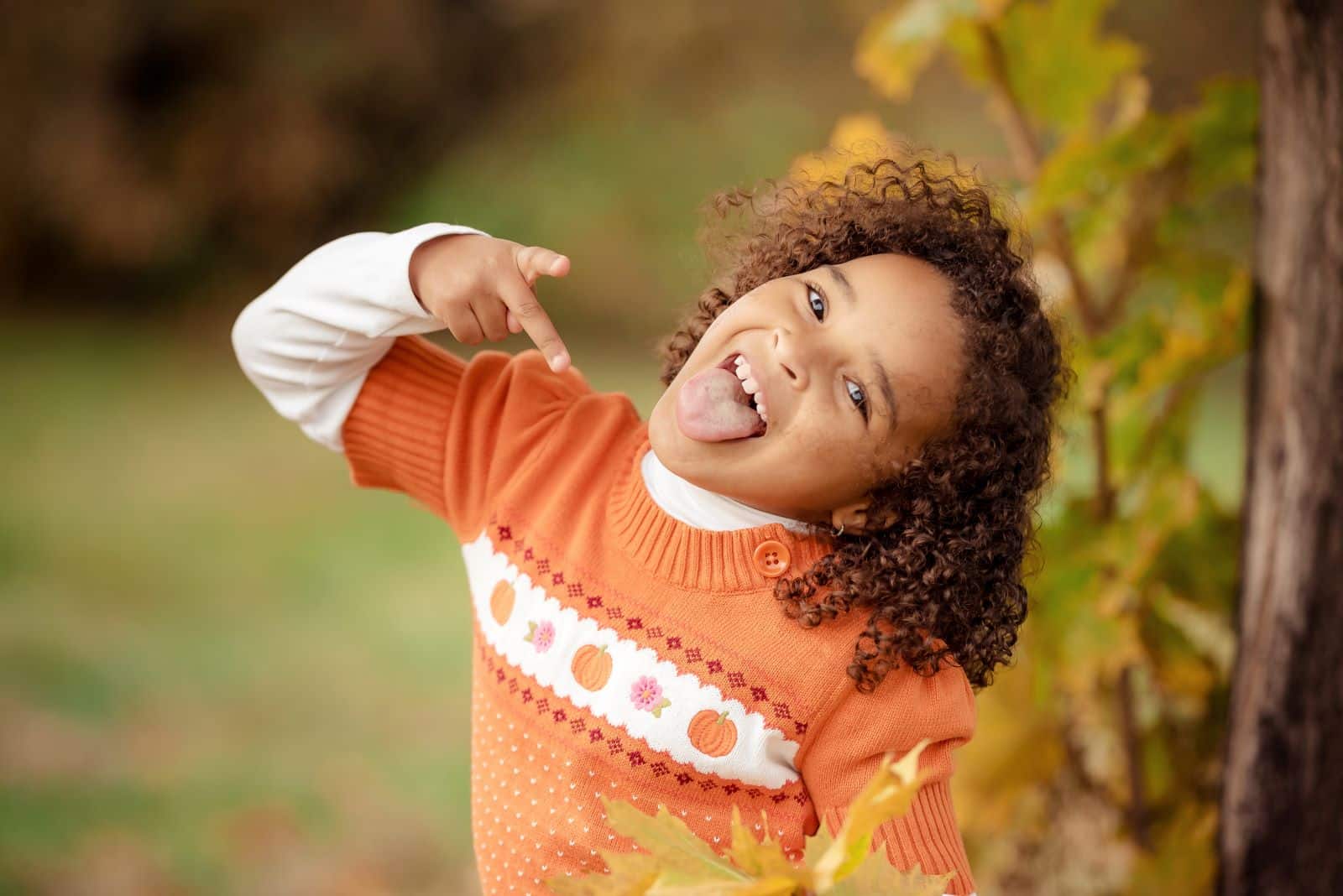
This absurd claim that your face will stay stuck if the wind changes encourages conformity and discourages harmless expressions of individuality. It’s a way to suppress behaviour rather than understand it.
7. Pinocchio Nose for Liars

Telling children that lying will make their noses grow teaches them to fear the physical consequences of dishonesty rather than understanding the moral implications. It’s a superficial approach to a complex issue.
8. The Park is Closing

Parents often say the park is closing to avoid a tantrum when it’s time to leave, but this lie undermines trust. It teaches kids that adults will say anything to get what they want rather than being straightforward.
9. The Easter Bunny is Real

Much like the Santa myth, the Easter Bunny is another tool used to instil wonder—but also to manipulate behaviour through reward systems. It raises questions about the ethics of lying for the sake of tradition.
10. Reading in the Dark Damages Eyes

This lie is meant to encourage better habits, but it’s also an example of using fear rather than education to influence behaviour. It overlooks the opportunity to teach kids about eye health in a truthful way.
11. This Artwork is Amazing!
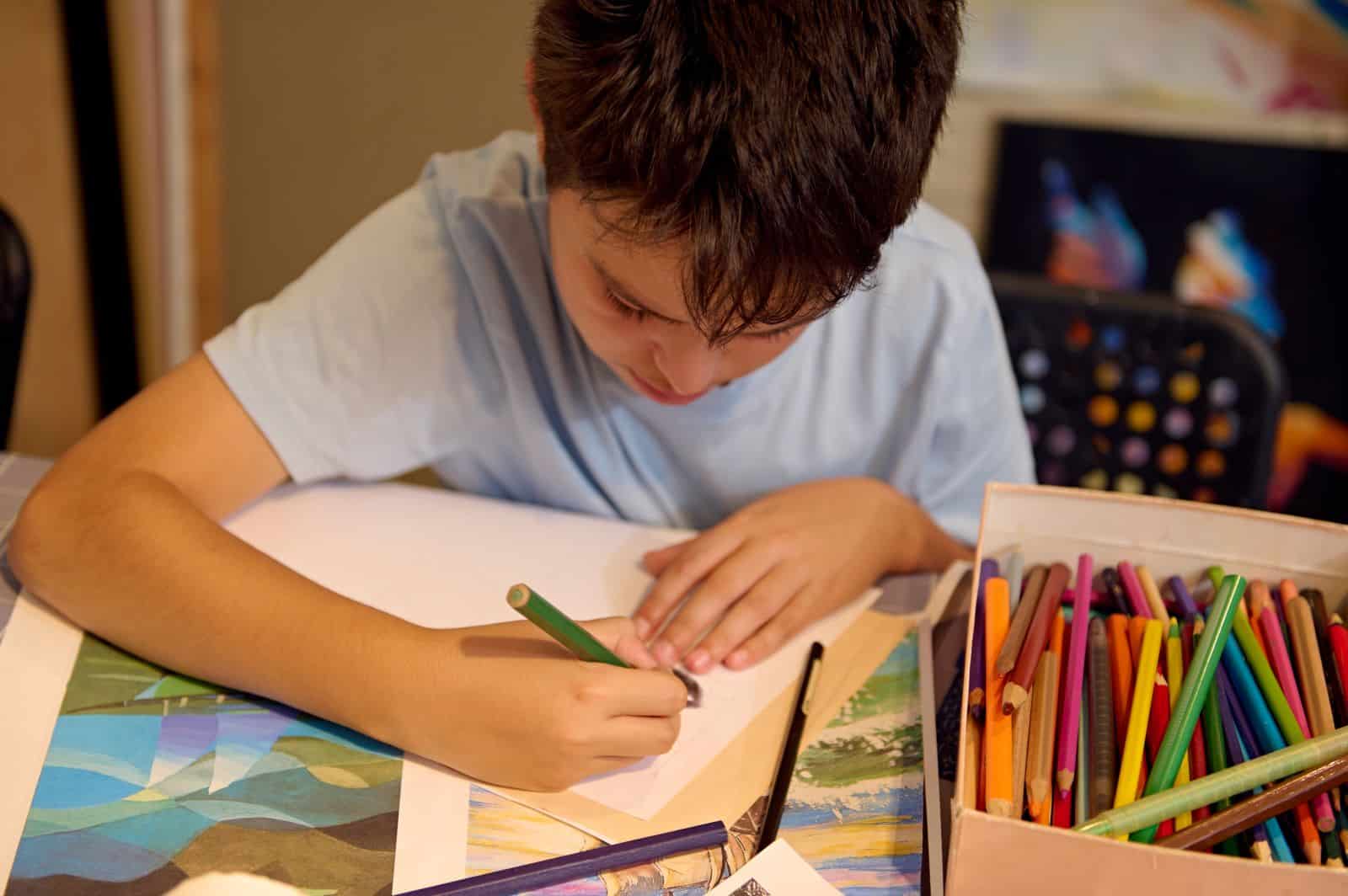
Over-praising a child’s artwork, even when it’s not particularly good, can inflate their ego and create unrealistic expectations. It’s a short-term solution that doesn’t prepare them for real-world feedback.
12. Ice Cream Van Music

Claiming that the ice cream van only plays music when it’s out of ice cream is a convenient way to avoid spending money, but it also creates unnecessary disappointment. It’s a lie that benefits the parent more than the child.
13. The Tooth Fairy Will Know If You’re Awake

This lie is used to get children to go to sleep, but it also creates anxiety around a natural process. It’s a manipulative way to enforce bedtime routines rather than establishing healthy sleep habits.
14. Crusts Make Your Hair Curly

This lie is used to get kids to eat their crusts, but it’s based on vanity rather than nutrition. It sends mixed messages about the importance of appearance versus health.
15. You Must Wait an Hour After Eating to Swim
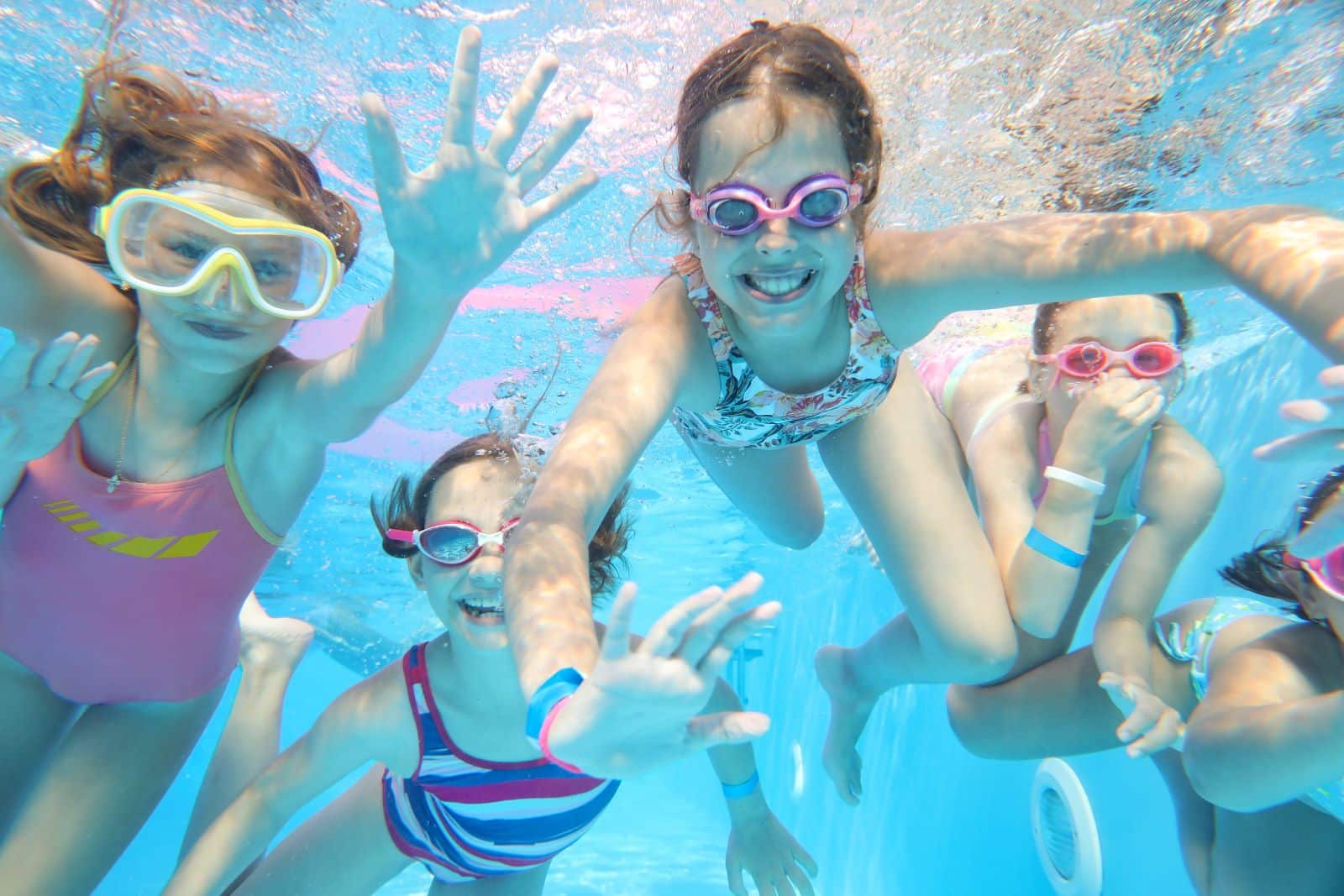
This rule, though largely debunked, is still used to create a false sense of danger. It perpetuates unnecessary caution rather than teaching kids to listen to their bodies.
16. Kids Can’t Eat This

This lie is often used to keep treats for adults, creating an unnecessary sense of exclusion. It’s a way to enforce boundaries without actually teaching children about moderation or sharing.
17. If You Touch a Toad, You’ll Get Warts

This lie discourages kids from touching toads based on fear rather than fact. It’s a missed opportunity to teach children about the natural world through curiosity rather than aversion.
18. It’s Going to Rain Today

Predicting rain to avoid an outing is a classic tactic to keep kids indoors, but it’s also a way to avoid honest conversations about why plans are changing. It fosters a lack of transparency in parent-child relationships.
19. Big Ears Means You’re Good at Listening

This lie is often used to turn a physical feature into a positive trait, but it’s also a superficial way to address self-esteem. It avoids deeper discussions about body image and self-worth.
20. This (Noisy) Toy is Broken

Declaring a toy broken when parents can’t handle the noise anymore is a way to reclaim peace, but it also teaches kids that problems can be solved through deception. It’s a short-term fix that ignores the child’s experience.
21. Eating Seeds Will Grow a Plant Inside You
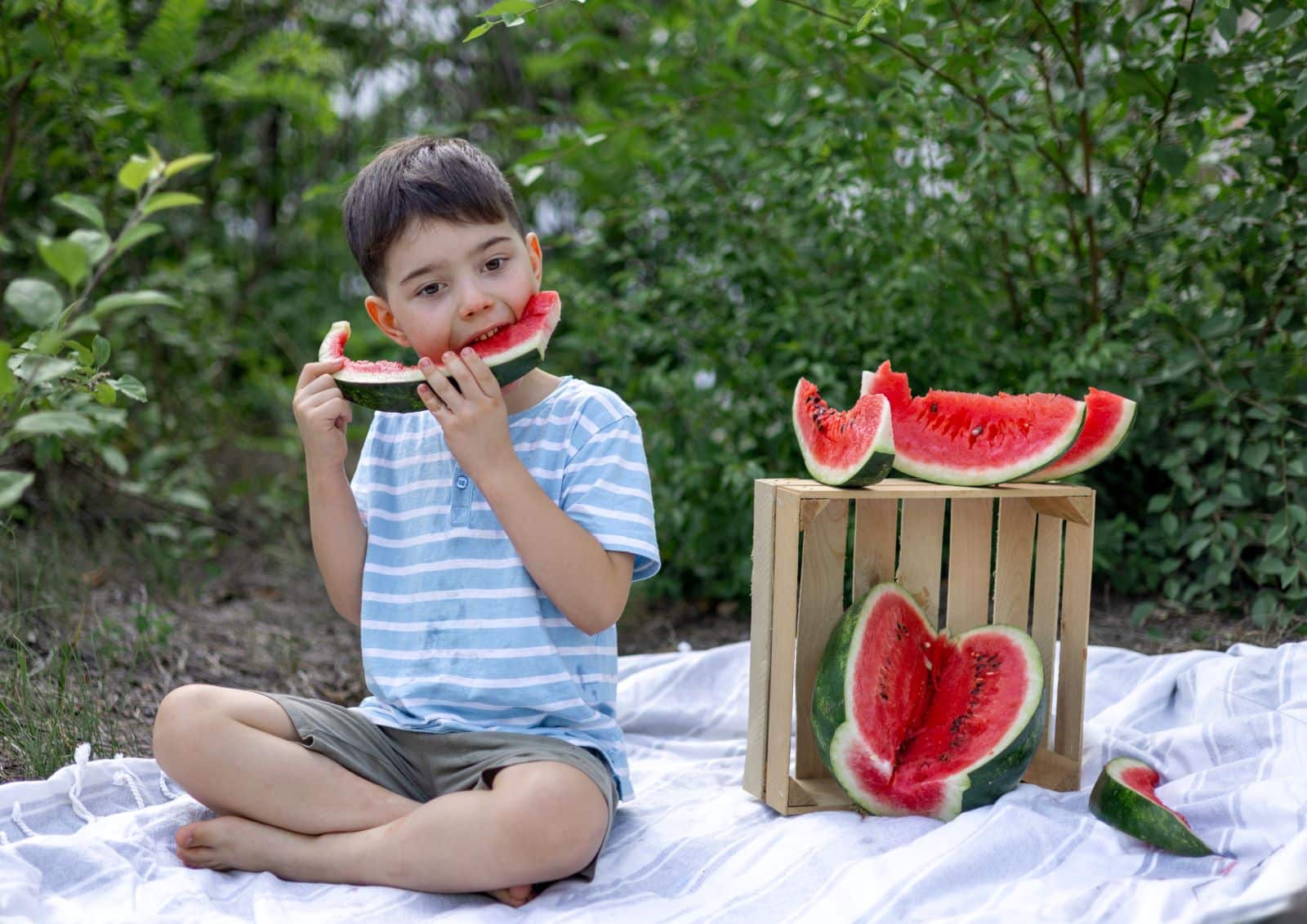
This imaginative lie is used to stop kids from swallowing seeds, but it also fosters irrational fears. It’s a playful fib, but one that can create unnecessary anxieties about the body’s natural processes.
Questioning Our Truths

These might seem harmless, but they set a precedent for how we communicate with children. As we pass these tales down to the next generation, it’s worth considering whether we’re truly helping our children — or just making our lives a bit easier.
Featured Image Credit: Shutterstock / Natalia Lebedinskaia.
For transparency, this content was partly developed with AI assistance and carefully curated by an experienced editor to be informative and ensure accuracy.
The images used are for illustrative purposes only and may not represent the actual people or places mentioned in the article.

